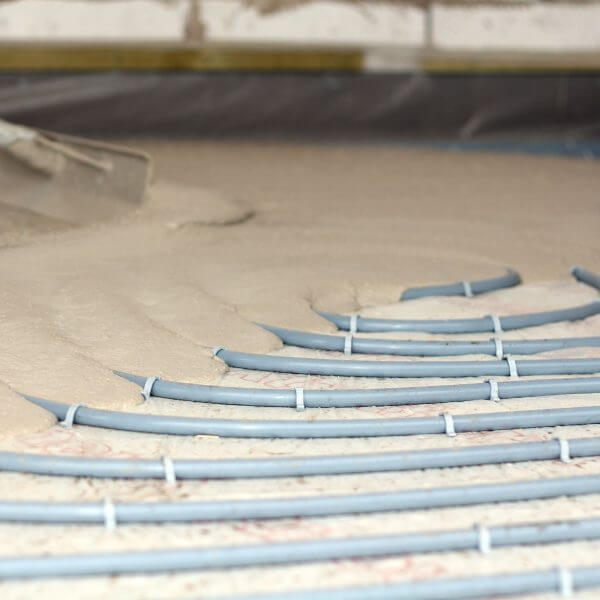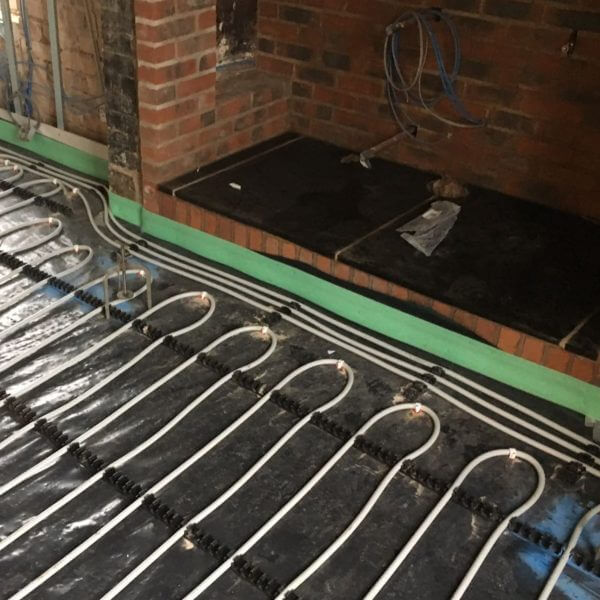Making the Most of Your Commercial Heat Pump
Having a heat pump installed on your commercial premises is a significant investment into the future of heating. But simply installing a pump isn’t enough – you need to know how to optimise its performance and fully reap the benefits this heat source provides. Whether you already have a heat pump, or are thinking of installing one to provide energy saving heating, consider the following advice from EasyFlow.
Adjust The Weather Compensation Settings
This is a setting on the majority of heat pumps that dictate the flow temperature based on the temperature recorded outdoors. Typically, the flow temperature will be hotter in cold weather and cooler in mild weather.
You will want to fine tune this setting to ensure you have the most energy saving heating whatever the weather. If the compensation is set too high, you’ll be burning more energy for little additional benefit. Turn down the weather compensation setting by 1°C during winter and see how the building feels. Do this until it feels too cold, or the heat pump is working for noticeably extended periods of time.
Invest in On-Site Renewable Energy Generation
One of the current disadvantages in running heat pumps is the price of electricity per kWh. As of May 2025, businesses may pay as much as 27p per kWh of electricity, depending on their business rate. This can make the energy saving heating benefits appear smaller than they actually are.
Solar panels, small wind turbines, and hydroelectric energy generation have the potential to decrease reliance on the national grid, and many local authorities offer grants to businesses to reduce the cost of installing renewable energy infrastructure.
Maintain Your Heat Pump
Just like boilers, heat pumps require annual servicing to ensure they are running efficiently. Ground source pumps will need air bleeding out of their loops, and warnings need to be checked to see if there is a recurring issue. The control panel on the pump will inform you of any issues with your settings or if there is a larger problem on hand.
We highly recommend servicing and maintenance checks are carried out before the weather starts to cool, the last thing you want is for the heat pump to break down in winter. This is when heating engineers are very busy, resulting in higher callout costs or long wait times until your pump is fixed.
Upgrade Radiators To An Underfloor Heating Installation
If you are looking for more energy saving heating opportunities, consider switching out your radiators for underfloor heating. Heat pumps are typically most efficient when heating water to 40°C – the optimal flow temperature for an underfloor heating installation.
Radiators on the other hand need water as hot as 60°C or 70°C, and rely on convection currents to distribute heat, resulting in cold spots across rooms and less efficient heating. Underfloor heating on the other hand distributes heat evenly and, combined with a heat pump, can be up to 40% cheaper to run.
EasyFlow are highly experienced with underfloor heating installations that integrate into air and ground source heat pumps. Ask us in a no-obligation consultation about ways you could improve your heating system today.




Where To Find Us